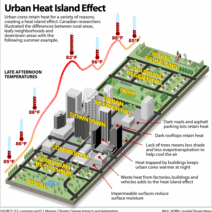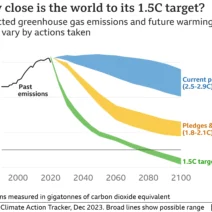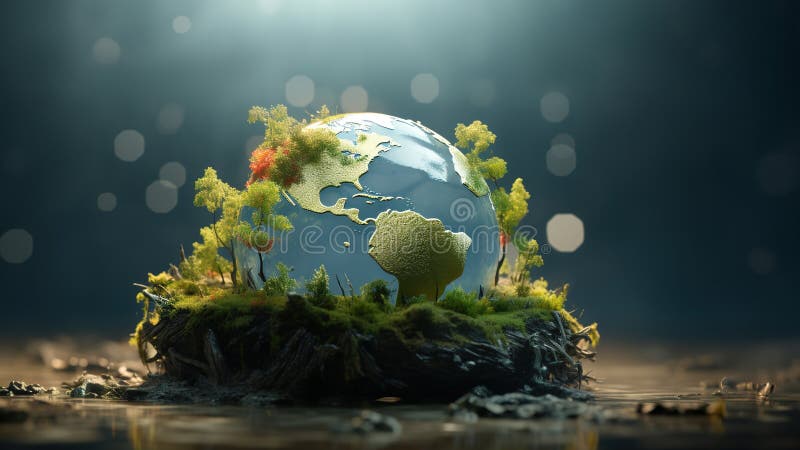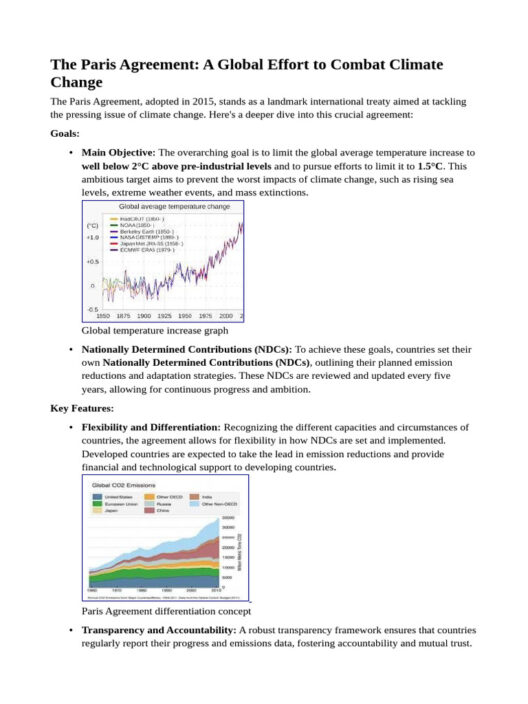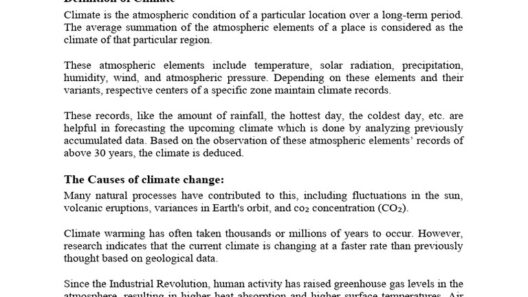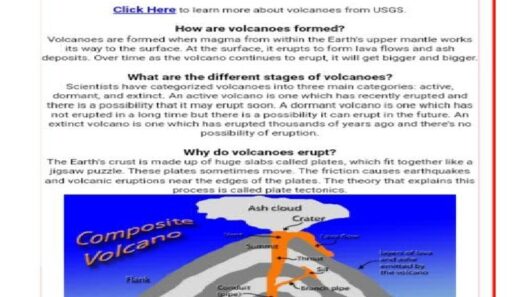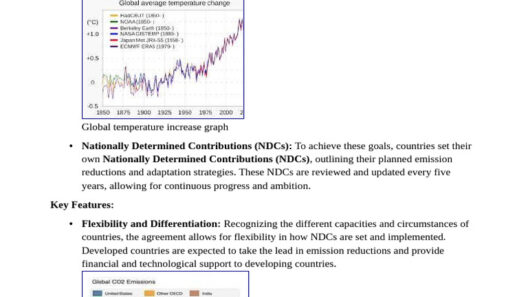Global climate is an intricate tapestry woven from atmospheric phenomena, oceanic currents, terrestrial ecosystems, and human interventions. It encompasses the prevailing weather patterns experienced on Earth, extending far beyond mere temperature measurements to a holistic understanding of our planet’s climate systems. At its core, the concept of global climate invites us to reevaluate our existence within a broader cosmic context, one that is profoundly interconnected and dynamically responsive to myriad factors.
Understanding global climate requires an appreciation of both its intricacies and its interdependencies. The Earth is not merely a mechanical system governed by static laws; it is an evolving entity where changes ripple through ecosystems and communities. By exploring how these elements connect, one can grasp the significance of sustainable practices, collective responsibility, and the urgent need for climate awareness to benefit future generations.
Yet, as we delve deeper, we uncover the extraordinary ways in which global climate connects the seemingly disparate elements of our world—weather patterns, oceanic tides, and human activity—creating both challenges and opportunities for the future.
Environmental Systems: The Earth’s Breath
To grasp the essence of global climate, one must first appreciate its fundamental components. The Earth operates as a complex arrangement of systems, each influencing the other. The atmosphere, which encapsulates our planet, is not just a backdrop but a dynamic player in shaping weather and climate. It is composed of various layers, each with distinct characteristics, that collectively enable life on Earth.
The role of oceans cannot be overstated. Covering approximately 71% of the Earth’s surface, these vast bodies of water act as climate regulators. They absorb and redistribute solar energy, influencing weather patterns globally. Ocean currents, such as the Gulf Stream, transport warm waters from the equator towards the poles, impacting regional climates with their heat. This interaction between the atmosphere and the oceans creates a feedback loop essential for understanding climate dynamics.
Terrestrial ecosystems, including forests, grasslands, and wetlands, further enhance this intricate web. They sequester carbon dioxide, contributing to the regulation of greenhouse gases and thereby stabilizing the climate. Deforestation, urban sprawl, and agricultural practices disrupt these systems, demonstrating the impact human activities have on the very climate cycles that support life.
Climate Change: An Unyielding Challenge
Climate change represents one of the most pressing obstacles facing humanity. As our planet warms, the consequences manifest in increasingly extreme weather phenomena, rising sea levels, and disrupted ecosystems. This shift undermines the delicate balance within natural systems, affecting agriculture, biodiversity, and human health.
Human contributions to climate change are predominantly the result of industrialization, deforestation, and the combustion of fossil fuels. As greenhouse gas emissions accumulate, they trap heat in the atmosphere, causing a gradual increase in global temperatures—an effect commonly referred to as the greenhouse effect. The severity and rapid onset of climate-related impacts have rekindled international dialogues surrounding climate policy and sustainable development.
The interconnectedness of climate change cannot be understated. A drought in one region can lead to food shortages in another, while rising sea levels can displace populations worldwide. This global interdependency necessitates a collaborative approach to sustainability, bringing together governments, communities, and individuals to confront the realities of climate change.
Our Role: Agents of Change
Although the challenges are daunting, humanity possesses the capacity to enact meaningful change. By embracing sustainable practices, we not only mitigate the impact of climate change but also foster resilience within our communities. Transitioning to renewable energy sources, such as solar and wind, reduces our carbon footprint and honors our commitment to preserving the environment.
Additionally, advocating for policy reforms that emphasize sustainability and conservation can catalyze essential changes. Engaging local communities in conservation efforts, promoting sustainable agriculture, and supporting reforestation initiatives are actions that collectively build momentum toward a more harmonious relationship with nature.
Crucially, education plays a pivotal role in this transformation. By cultivating awareness of climate science and its implications, we empower individuals to make informed choices, urging a shift from apathy to activism. The intersection of knowledge and action can spark a collective awakening that values ecological integrity as much as economic growth.
The Future: Shaping a Sustainable World
The vision for a sustainable future hinges upon our ability to understand and respect the delicate balance of global climate. By comprehensively studying its complexities, we can forge innovative solutions that respect natural systems while simultaneously enhancing quality of life for all. Each small effort contributes to a larger, global narrative—one where humanity collaborates with nature rather than exploits it.
Acknowledging that we are all part of this planetary community transforms our perspective from isolation to inclusivity. As stewards of the Earth, we hold the power to create a sustainable legacy for generations to come. In an era haunted by existential threats, the choice to act—rooted in knowledge, empathy, and responsibility—will determine the climate we bequeath to those who follow.
In summary, understanding global climate and the myriad connections within it is not just an academic pursuit. It is an essential paradigm shift that invites deeper consideration of our roles in the ecosystem—highlighting our potential to institute enduring change for a more sustainable future.
